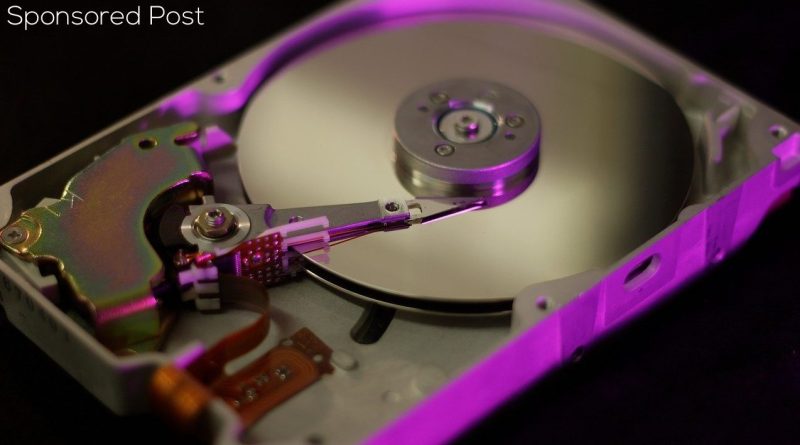All computers have system storage – a crucial component that stores data on a long-term basis. This component ensures that the data you use (apps, audio and visual files, text files, etc.) can be accessed when you turn the computer on next time. As the amount of data stored by contemporary devices grows, so does the need to be aware of the system storage features and potential issues. This article will expand your knowledge on this topic and teach you to optimize system storage on your computer.

System Storage: Definition and Functions
System storage is better understood when it’s compared with computer memory. The latter is the location of short-term data deleted the moment you switch the device off. Random-access memory (RAM) is typically responsible for computer memory. Its main characteristic is volatility, which means that it cannot hold the data infinitely.
Alternatively, a hard disk drive or solid-state drive responsible for system storage can hold information permanently. For example, when you create a word document, system storage ensures that you can access it later. It will be stored on your computer until you delete it. Even if you don’t use your computer for many months, the saved files will remain in the system storage.
However, unlike memory, storage cannot access information quickly. The data can move from the drive to the CPU with delays, which affects your device’s performance. This issue has forced many computer makers to incorporate Solid State Drives (SSDs) in addition to the hard disk drive to speed up the devices. Nevertheless, even SSDs cannot compete with RAM when it comes to data transmission and retrieval speed.

So, what exactly does the system storage hold? Here’s a list of its critical files:
- Operating system files
- Applications data
- Library (including cache files)
- Volume data
As you can see, this computer component stores the system files and temporary files needed to run the operating system and the apps.
System Storage Issues
Most users do not worry about system storage when they have a lot of free space. However, when your computer does not have enough space on the hard drive, you may face various annoying problems. For example, if your macOS system storage is full, you may not be able to install a new macOS version. The same is true for any new apps and app updates you may want to install. Downloading the files from the Internet is also impossible because your computer simply does not have space to hold them. The most annoying and frustrating thing is that you are constantly bombarded with warning messages informing you about low disk space errors. So, if you need your computer for work and study, addressing these issues is critically important for your performance.

Optimizing System Storage
What can a user do to optimize system storage? Well, there are several ways to solve this problem.
Add More Disk Storage
Look for larger drives or use SSD for your OS and applications. External drives are also helpful, especially those offering an additional layer of data protection.
Delete the Heaviest and Most Useless Files
We bet you have dozens of files you have never used and will probably never use. So, why store them on your computer? Check for any heavy files, duplicates, downloads, etc., that you don’t need anymore and remove them. Don’t forget to empty the recycle bin and set a notification to delete the unnecessary files regularly. You can clear the system storage manually or use specialized programs designed to identify and remove unused files quickly and efficiently. Make sure you use trusted and reliable services that won’t compromise your privacy and data security.
Use Cloud Services
One of the first things Mac computers recommend to their owners is to use the cloud service for data storage. However, you need to be careful and choose secure cloud services that will protect your data correctly.
Summing Up
Even the most advanced devices may have system storage issues if you use many apps and fail to remove unused files. Check the storage regularly to know when to act, and don’t be afraid to diversify data storage options. Combine cloud services, external storage, and other options to protect your data.



Pingback: what is in system storage-Answerjournal.net
Pingback: what does system storage mean-Answerjournal.net
Pingback: How Much Space Does Mac OS High Sierra Take Up On Your Hard Drive? – LEMP
Pingback: How To Find Your DCIM Folder On Your Memory Card – Tamaggo